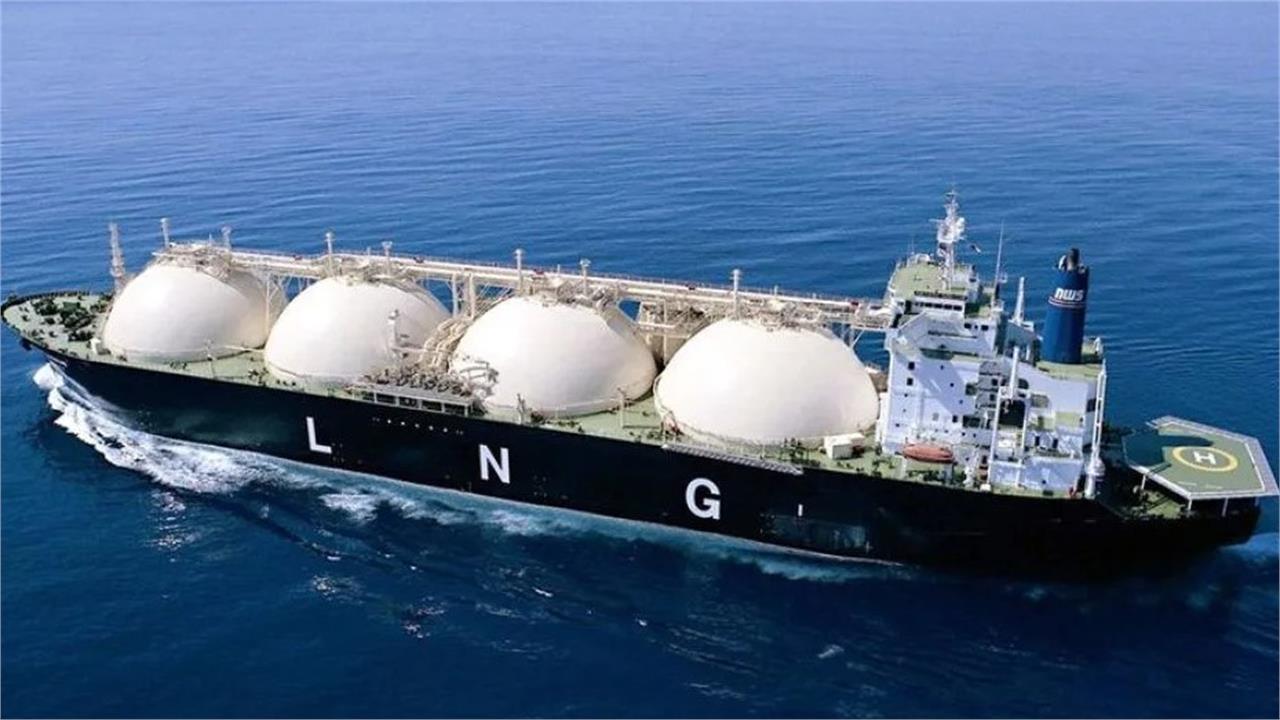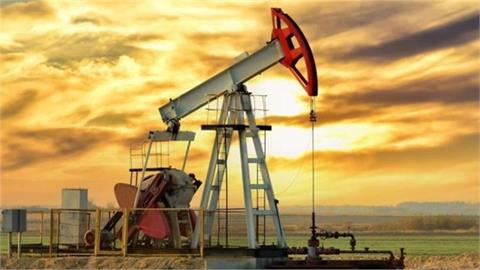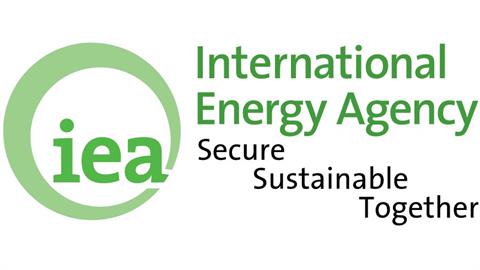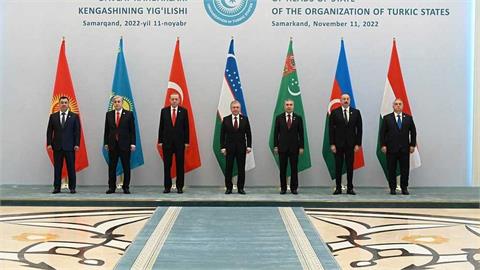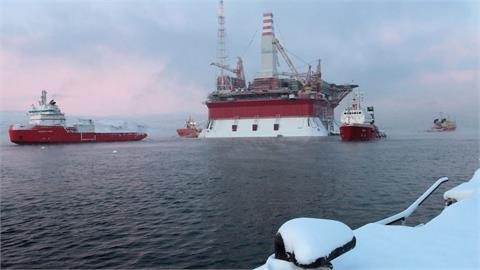China’s imports of US liquefied natural gas have completely stopped for more than 10 weeks, according to shipping data showing how the Sino-American trade war has spread to energy co-operation.
Since a 69,000-tonne LNG tanker from Corpus Christi in Texas arrived in the southern province of Fujian on February 6 there have been no further shipments between the two countries.
A second tanker was redirected to Bangladesh after it failed to arrive before China imposed a 15 per cent tariff on US LNG on February 10. The tariff has since increased to 49 per cent, making US natural gas uneconomic for Chinese buyers for the foreseeable future. (Financial Times. April 18, 2025).
The freeze on US LNG is a repeat of a block on imports that lasted for more than a year during Donald Trump’s first term as president.
But the impact of the stand-off has potentially far-reaching implications, strengthening China’s energy relationship with Russia and raising questions over the huge expansion of multibillion-dollar LNG terminals that is under way in the US and Mexico.
“There will be long-term consequences,” said Anne-Sophie Corbeau, a natural gas specialist at Columbia University’s Center on Global Energy Policy. “I do not think Chinese LNG importers will ever contract any new US LNG.”
Since Russia’s full-scale invasion of Ukraine in 2022, China has imported a relatively low share of its LNG from the US, with Chinese buyers preferring to resell the fuel into Europe for a profit. Last year, only 6 per cent of China’s LNG came from the US, down from a peak of 11 per cent in 2021.
However, Chinese companies including PetroChina and Sinopec have signed 13 long-term contracts to buy LNG from US terminals, some of which run to 2049, according to data from Kpler.
Such long-term deals were essential for getting huge LNG projects off the ground in the US, though Corbeau said developers have recently tried to renegotiate terms to take into consideration rising inflation and the costs from US tariffs.
Gillian Boccara, an analyst at Kpler, said she saw no reason for trade between the two countries to restart in the short term.
“The last time this happened, there was a complete hiatus until the Chinese authorities granted waivers to companies, but that was at a time when gas demand was booming,” she said. “Now we are looking at lower economic growth, and we think the Chinese can withstand the loss of these cargoes for quite a long time.”
China’s ambassador to Russia said earlier this week that China would probably step up its imports of Russian LNG instead. “I know for sure that there are a lot of buyers. So many buyers are asking the embassy to help establish contacts with Russian suppliers, I think there will definitely be more [imports],” said Zhang Hanhui.
Russia has emerged as the third-largest supplier of LNG to China, behind Australia and Qatar; the two countries have also been negotiating over a new natural gas pipeline, the Power of Siberia 2.
“With tariffs rising to the level where they are an effective embargo, we will see a reshuffling of trade flows,” said Richard Bronze, at Energy Aspects, an energy consultancy. “We also expect Asia demand to fall by 5mn to 10mn tonnes as a whole. That should bring gas prices down a bit in Europe.”
(Financial Times. April 18, 2025)
